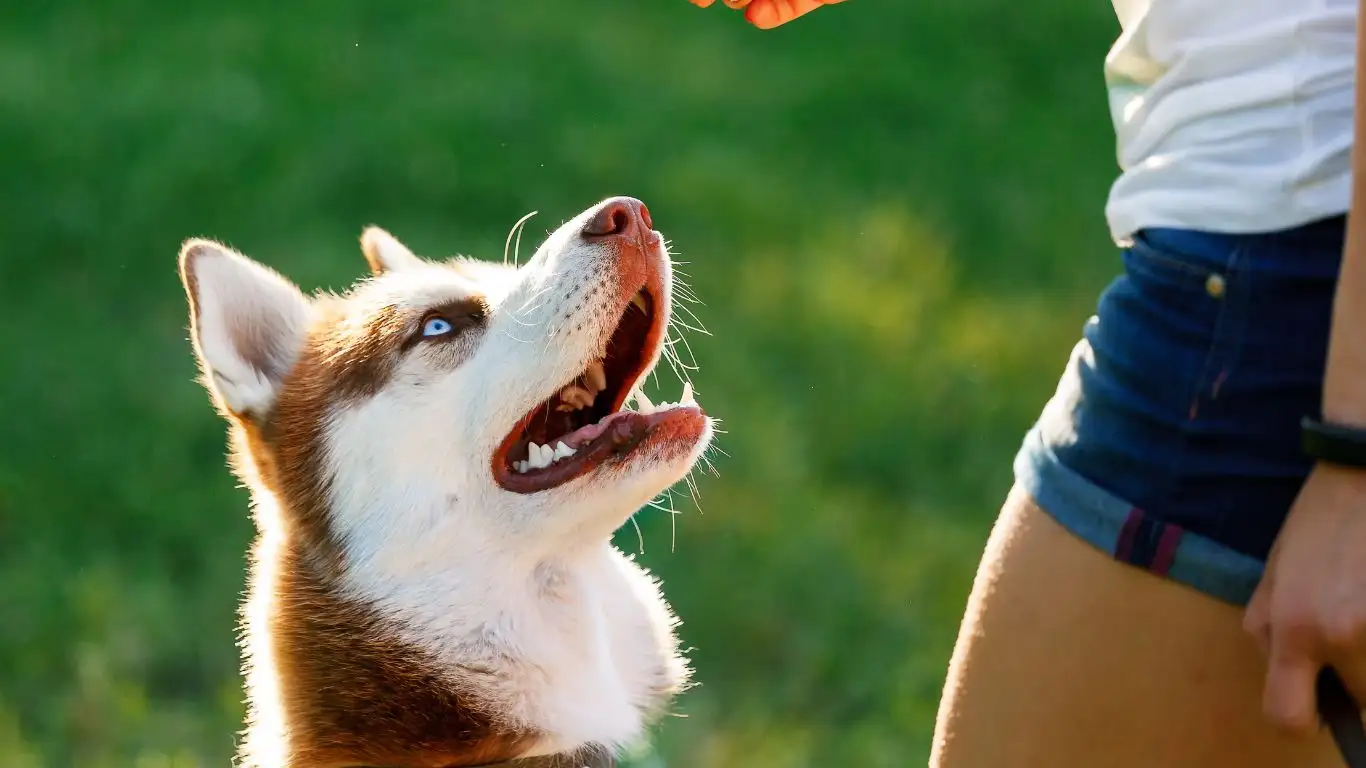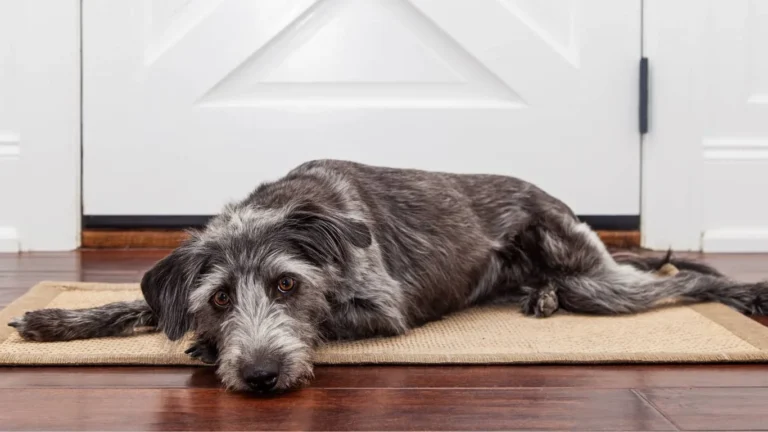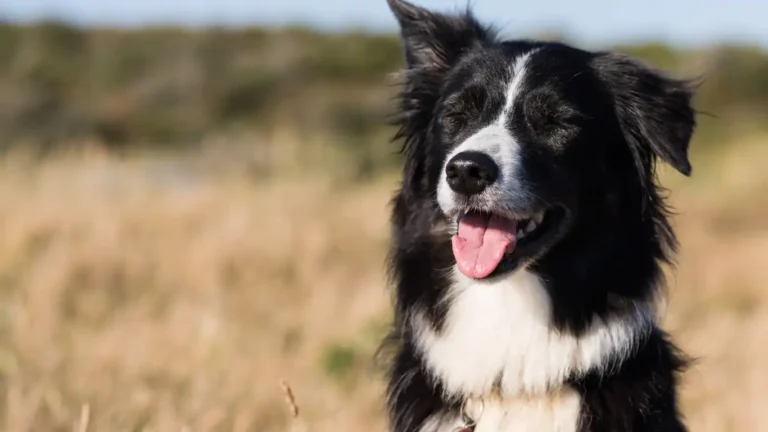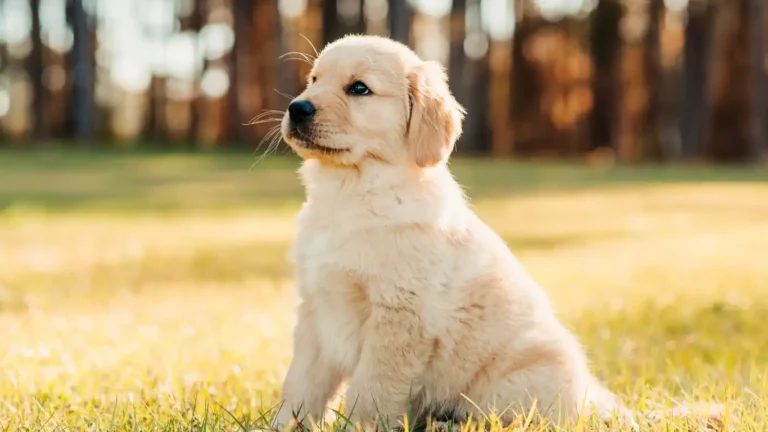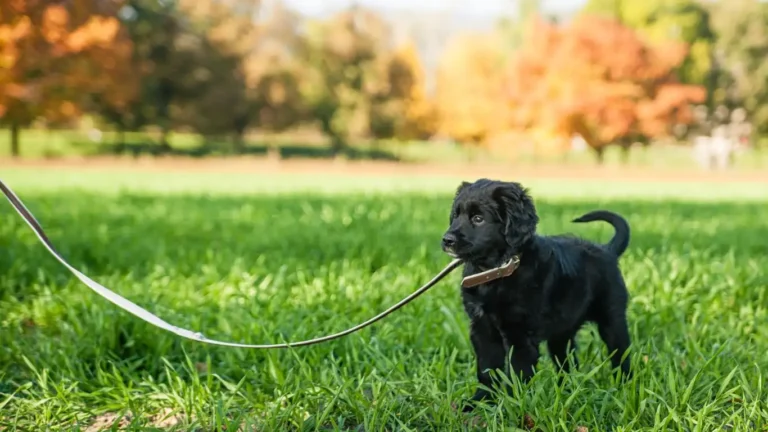How to Train a Dog to Stay Calm in Elevators – Simple & Effective Methods
If you’re wondering how to train a dog to stay calm in elevators, you’re definitely not alone. I’ve worked with countless therapy dogs over the years, and I can tell you—elevators are one of the trickiest environments for dogs to navigate. They’re small, enclosed, and full of weird sounds and vibrations. It’s not just about getting them to “stay still”—it’s about building true confidence in tight spaces. Whether you’re working with a service dog, therapy pup, or just your best four-legged friend, I’m going to walk you through everything I’ve learned, step-by-step, from a place of hands-on experience and a whole lot of patience.
Why Elevators Trigger Anxiety in Dogs
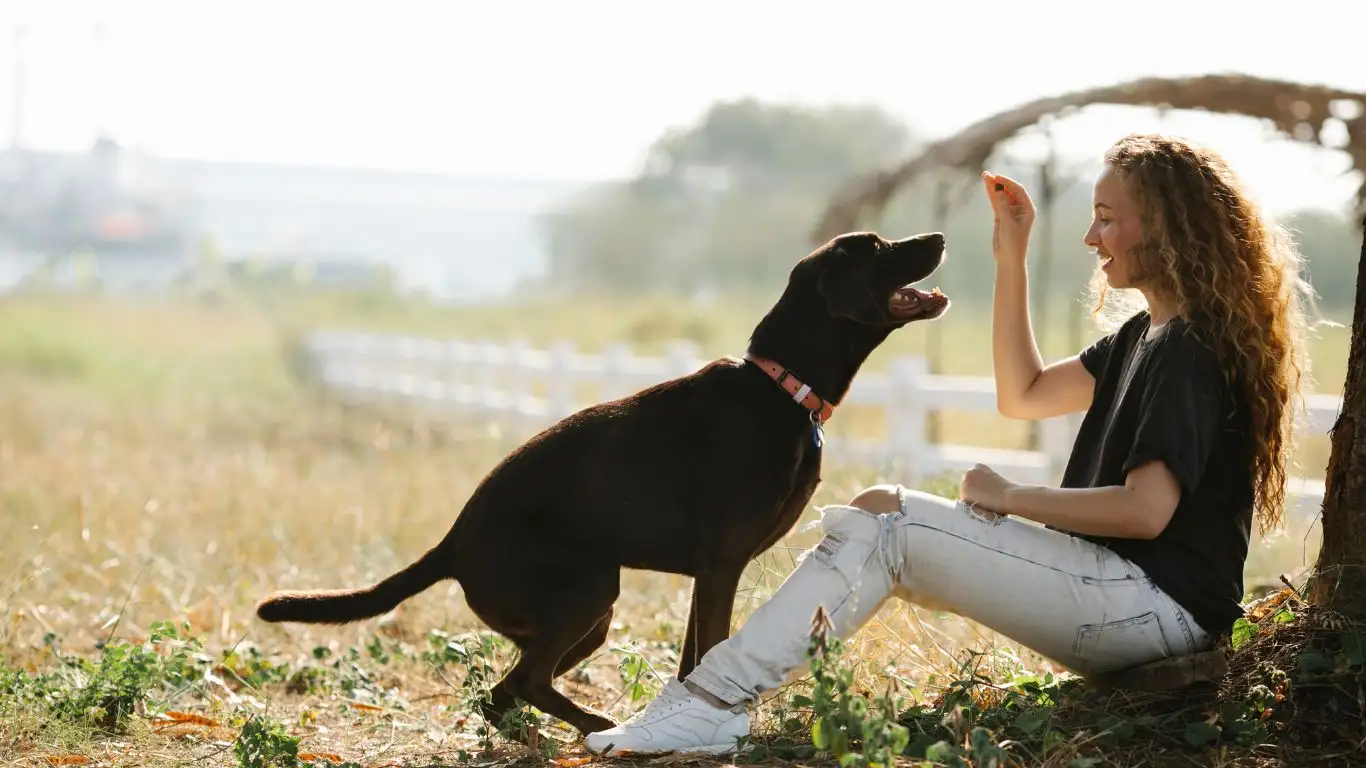
Unfamiliar Noises and Sensations
Let’s be real—elevators are a sensory overload. From the mechanical hum to the sudden movement and even the ding of the doors, it’s no surprise some dogs freak out. I’ve had confident Labradors start shaking the minute the floor moves. Some dogs are super sound-sensitive or have vestibular issues that make the motion feel extra weird. It’s not just “nervous behavior”—it’s often a legit response to confusing stimuli.
Lack of Predictability
Unlike stairs or hallways, elevators are unpredictable. Doors open into new environments, strangers step in out of nowhere, and the enclosed space offers no escape. One of my past therapy dogs, a sweet shepherd mix named Luna, would brace every time the elevator stopped on another floor. Until we addressed that unpredictability head-on, she couldn’t fully relax on therapy visits.
Personal Space Invasion
Think about it—dogs are very spatial creatures. When a stranger gets in an elevator and stands close, that’s a lot of pressure. For reactive or under-socialized dogs, it can be overwhelming. That’s why calm elevator behavior is about more than just obedience—it’s about helping them feel safe and in control in tight quarters.
Start With Ground Work (Before You Even Touch the Elevator Button)
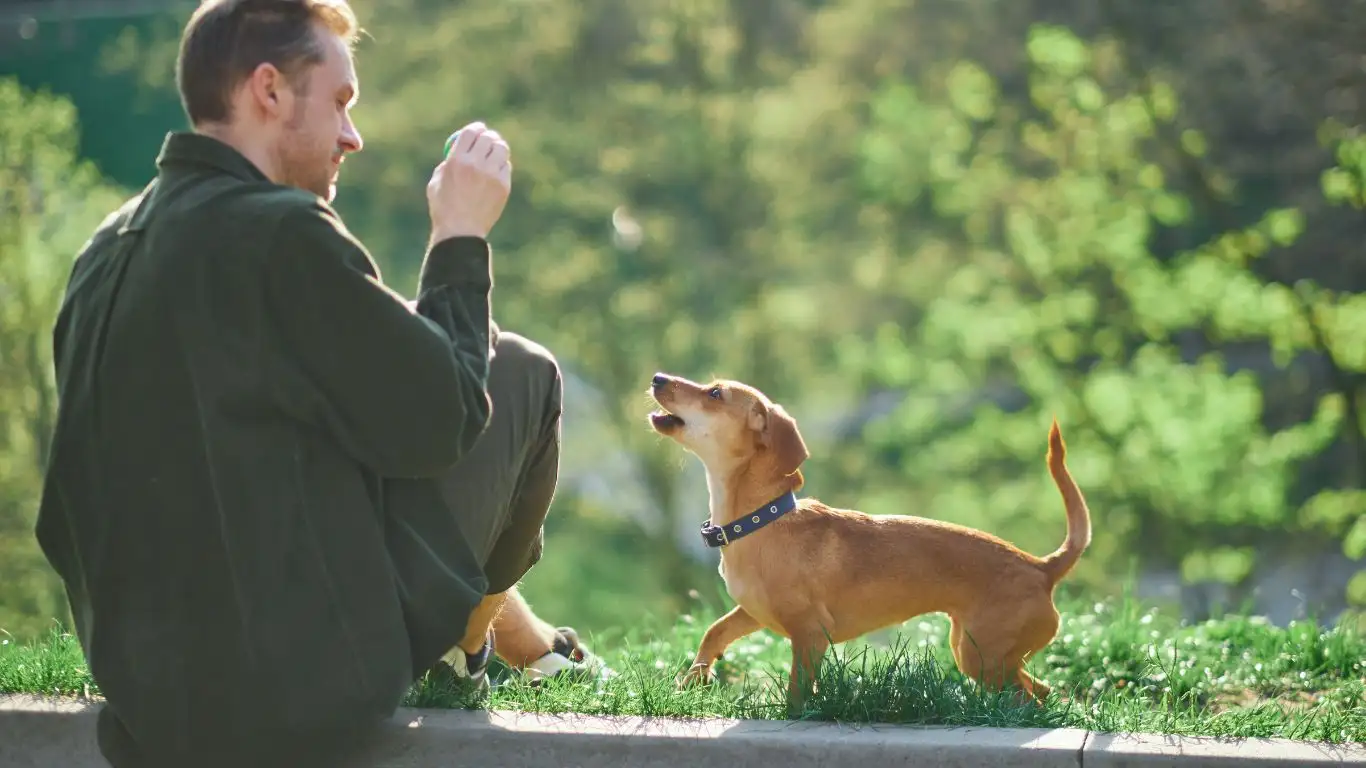
Desensitize to Small Spaces
One of my go-to techniques is introducing dogs to elevators indirectly. That might mean practicing in small rooms, closets, or even crates with the door open. You’re teaching them: “This space is small, but nothing bad happens here.” The goal is to normalize confinement, without adding motion yet.
- Use high-value treats (think freeze-dried liver, not kibble).
- Keep sessions short—2 to 3 minutes at first.
- Always end on a calm, relaxed note. If the dog starts to pant or fidget, you’ve gone too long.
Teach a Default Settle
This one’s a game-changer. I train all my therapy dogs to default into a relaxed sit or down whenever we stop moving—whether that’s in a waiting room, hallway, or yes, an elevator. You can start in a living room or backyard. No commands—just wait. Reward calm behavior when it naturally occurs. Over time, they start offering it on their own. Super useful in unpredictable environments like elevators.
Introducing the Elevator—Without Pressure
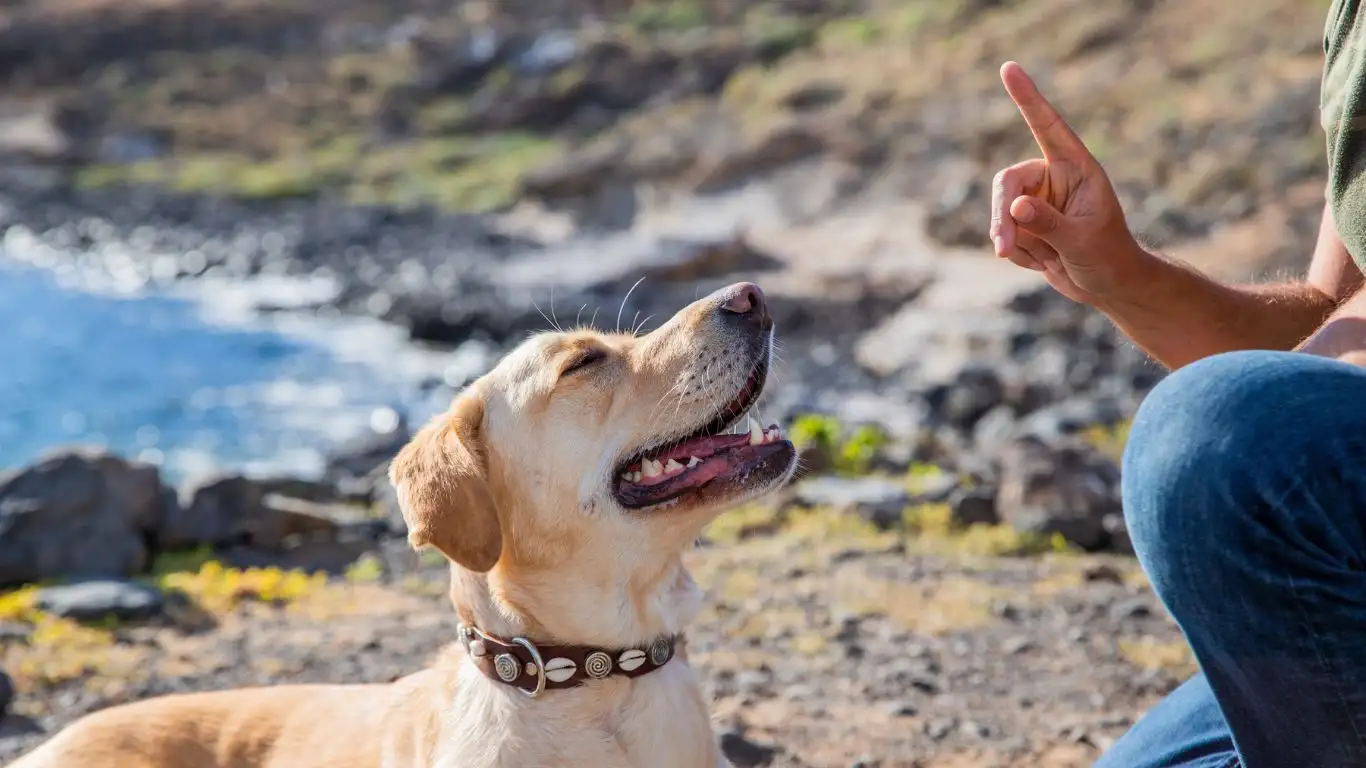
Approach From a Distance
This part takes patience. I don’t even let dogs step into the elevator at first. We start by hanging out near the doors—far enough that they don’t react, but close enough to observe. Let them watch people come and go. Toss a treat on the ground each time the door dings open. The goal? Elevator equals good stuff, not stress.
Step Inside—Then Right Back Out
Once your dog is chill nearby, it’s time for baby steps. Literally. Step in, treat, step out. That’s it. Don’t ride yet. Don’t close the doors. Just reward being in the space. This low-pressure exposure helps your dog build a positive association without any scary surprises.
- Walk up to elevator calmly.
- Press the button. Wait. Treat.
- Step in. Feed. Step out.
- Repeat in short bursts—never push them to go faster.
Body Language to Watch
Some dogs hide their stress well, so it’s important to observe closely. Here’s what I look for:
- Yawning or licking lips – early signs of discomfort
- Freezing or sudden stillness – stress overload
- Shifting weight backward – reluctance to enter
If you see any of these, take a break and go back a step. The idea is to build trust, not push through fear. I’ve found that when dogs are allowed to move at their own pace, they not only get comfortable—they thrive.
Riding the Elevator: Turning Movement Into a Non-Issue
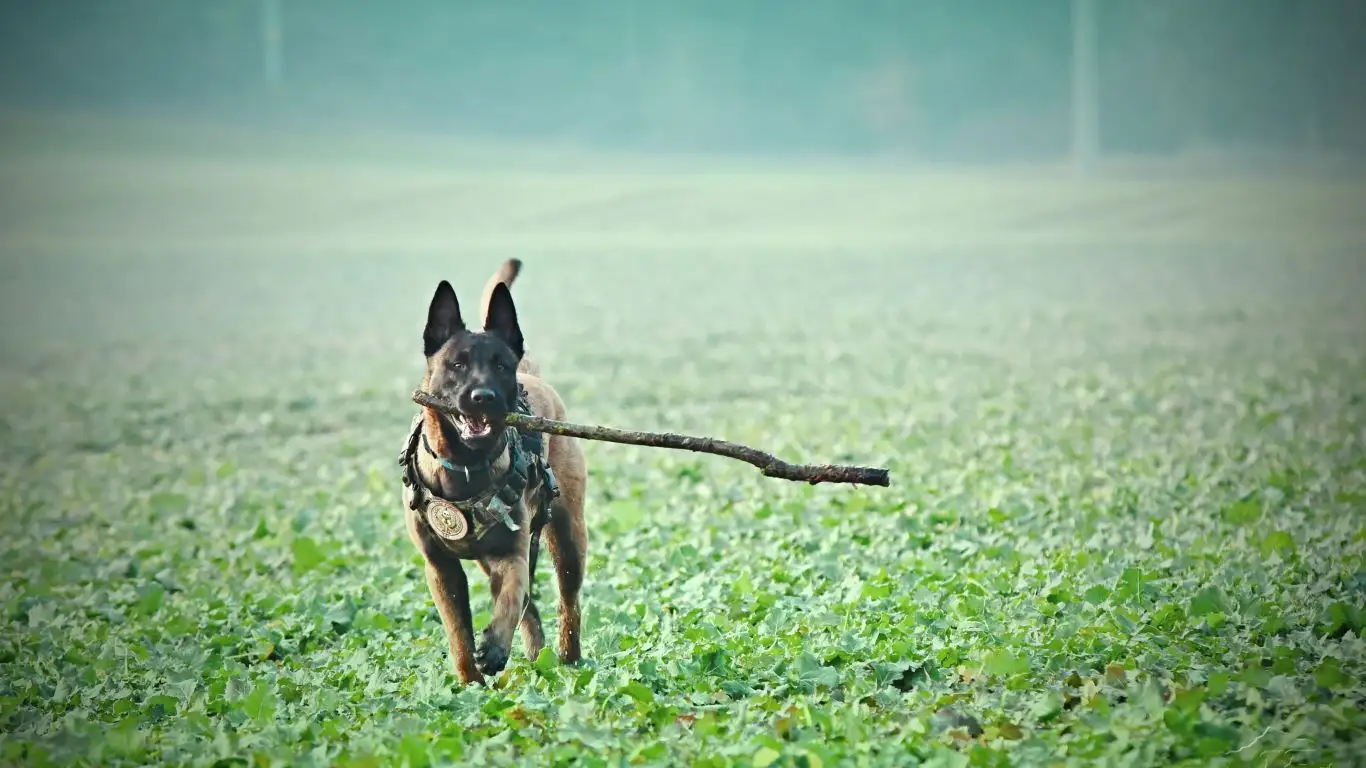
First Rides Should Be Low-Stress and Short
Once your dog’s confidently stepping in and out of the elevator like it’s no big deal, you can introduce short rides. And I mean short—like one floor up or down. I remember when I first started elevator training with a golden retriever named Milo. He was super confident until that elevator actually moved. His eyes got huge, and he tried to sit on my foot like a toddler at a doctor’s office. Totally normal. Just keep your energy calm, reward heavily, and keep sessions brief.
Here’s how I usually structure first elevator rides:
- Start in a quiet building, ideally one where you can control the elevator access.
- Keep your dog on a loose leash—not tense, not too long.
- Stand with your body between your dog and the doors.
- As soon as the elevator moves, drop a treat. Not after. During.
- When doors open, calmly walk out—don’t rush.
What to Do If Your Dog Panics Mid-Ride
Okay, so let’s say the floor moves, and your dog flips out. Maybe they bark, whine, or scramble in a circle (been there). First, take a deep breath—your energy totally affects theirs. Speak in a soft, reassuring tone. Don’t yank the leash or try to physically correct. Just stay still, wait it out, and calmly walk off when the doors open. Give them a break, then go back to just standing in the elevator without moving again.
Progress isn’t linear. I’ve had dogs nail their first two rides and then randomly freak on the third. That’s okay. That’s learning. Trust is built in those moments when we don’t rush or punish confusion.
Commands That Build Calm Elevator Behavior
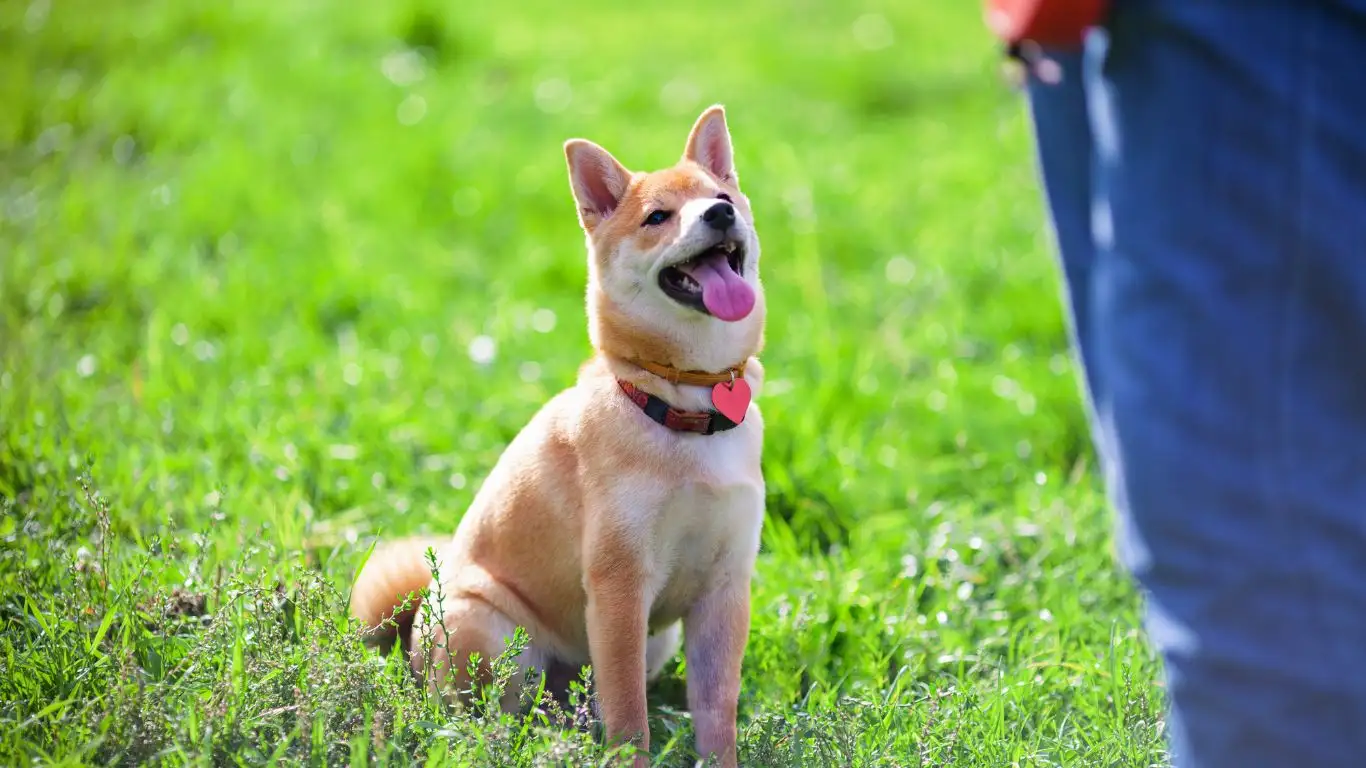
“Wait” and “Watch Me” Are Your Best Friends
When it comes to elevators, how to train a dog to stay calm in elevators often comes down to a couple of key cues. I teach every dog a rock-solid “wait” at the door. Not just elevators—any door. It helps prevent lunging, bolting, or crowding people. Use your hand like a stop sign, say “wait,” and reward stillness. Easy to teach at home first, then transfer to elevator doors.
The other cue? “Watch me.” It sounds basic, but it’s magic when things get overstimulating. Your voice becomes their anchor. Eye contact equals focus, and focus calms the nervous system. I use this with therapy dogs constantly, especially when unpredictable things (like a kid suddenly yelling in the elevator) happen. You can redirect attention in half a second.
Leash Handling Skills Matter More Than You Think
I always remind my clients: elevators amplify tension. If your leash is too tight or you’re overcorrecting, your dog’s going to feel every inch of that. Practice loose-leash walking in narrow hallways first. Your leash should have just enough slack to let them move naturally but not so much they can dart or jump. I hold mine like I’m carrying a coffee cup—loose wrist, light grip.
- Shorten the leash just before entering.
- Keep your hand low and relaxed.
- Stand so your dog is either next to or slightly behind you—not leading the charge.
Handling Crowded Elevators or Unexpected Guests
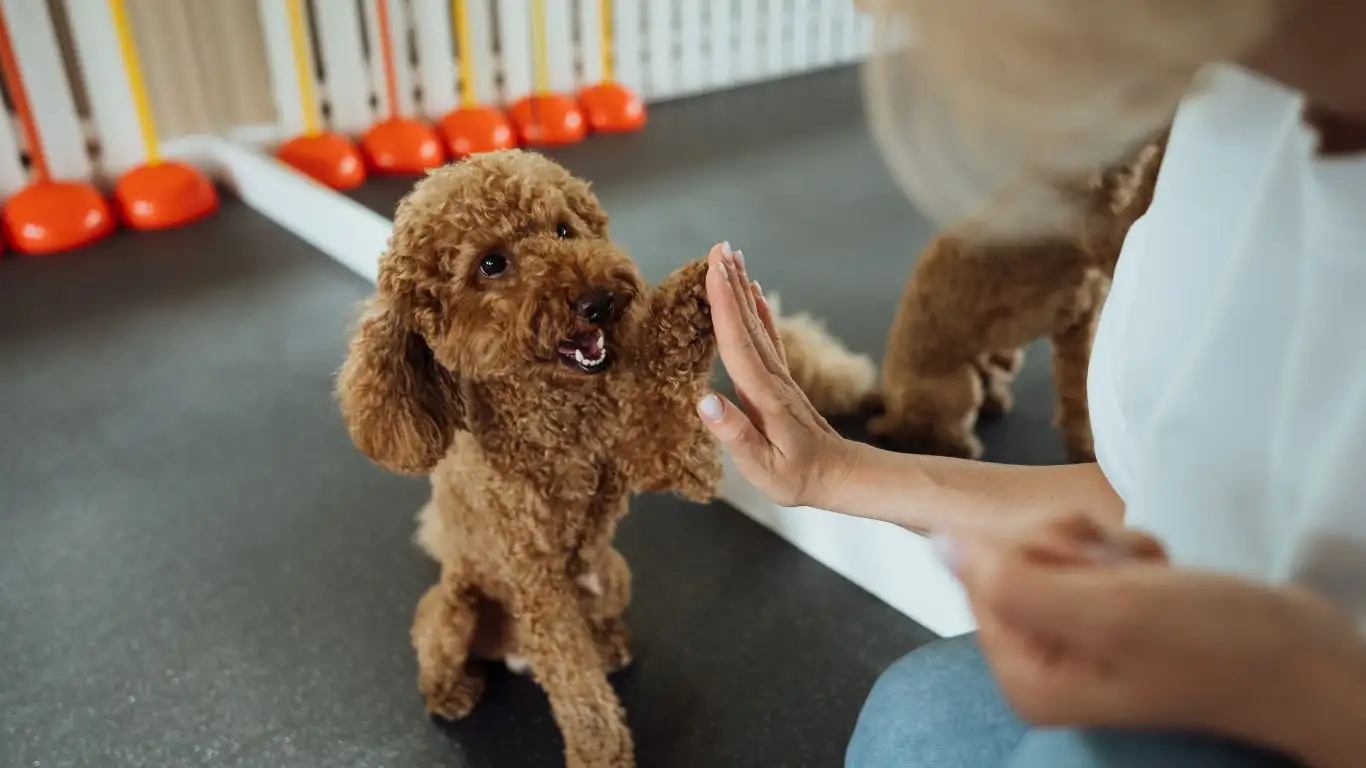
Teach Your Dog to Back Up on Cue
This skill is gold in tight spaces. I teach dogs to back up by walking into them gently and saying “back.” At first, they just shift weight—reward that. Then they step—reward again. Pretty soon, they’re backing up into heel position or away from the door without needing to be pulled. Helps so much when strangers pile in and you need to reposition your dog quickly and calmly.
Human Etiquette Meets Canine Training
Okay, real talk—sometimes the humans in elevators are harder to manage than the dogs. People want to pet your pup, talk to them, or squeeze in super close. I always advocate for the dog’s space. Don’t be afraid to say, “He’s in training, thanks for giving him space.” I’ve said that line a thousand times, and not once has someone given me grief for it. You’re your dog’s best advocate.
Also, it helps to train with distractions on purpose. Grab a friend to play the “stranger” role. Have them talk loudly, stand close, or wear a big hat (you’d be amazed what throws dogs off). If your dog can stay calm through that? Elevators become a piece of cake.
Practice With Purpose—Not Just Repetition
When I was training a small therapy dog named Daisy—a spunky mini schnauzer—we practiced elevator rides every morning for three weeks. But we didn’t just ride aimlessly. We worked on specific goals: entering calmly, ignoring a barking dog outside, riding while sitting, exiting with focus. Every session had an intention. And guess what? Daisy now rides elevators with hospital patients like a total pro.
- Set one clear goal per training session.
- Use real-life scenarios, not just drills.
- Celebrate small wins, even if it’s just a calmer tail wag at the elevator ding.
Dealing With Setbacks and Challenges
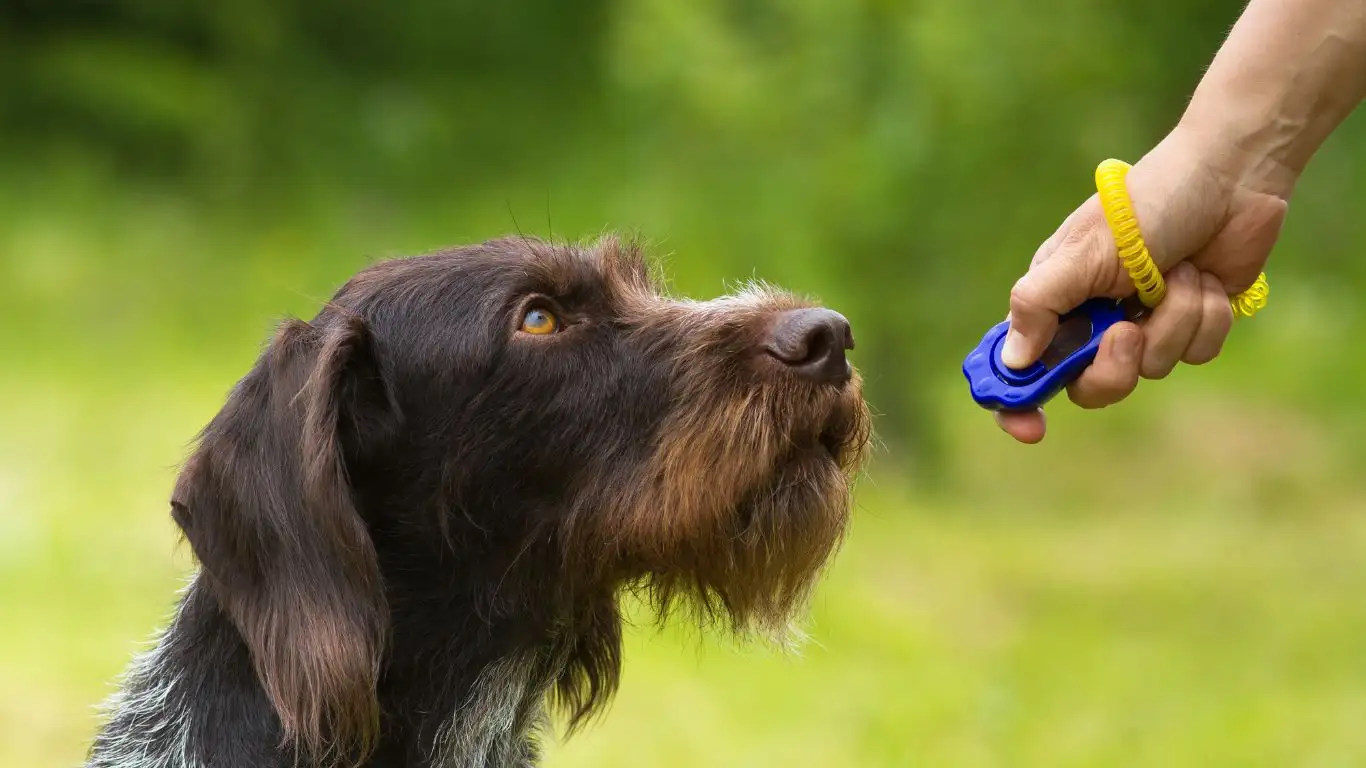
It’s Normal to Have a Few Steps Back
Even the most well-trained dogs sometimes hit a bump in the road, especially when it comes to elevators. I once worked with a large terrier named Max who was smooth sailing for weeks—until we hit a new elevator model at a vet office. The doors were faster, the sounds were different, and Max lost his cool completely. It was a reminder that dogs are creatures of habit. They love predictability, so new things can throw them off. But guess what? That doesn’t mean it’s time to panic or give up.
Here’s what I suggest:
- Take a step back to simpler steps—go back to just standing near the elevator, or even practicing calm behavior in a different enclosed space.
- Don’t increase the challenge too quickly. Instead of hopping from one floor to five, try short sessions with varied scenarios to help desensitize them again.
- Keep practicing in different locations. Elevators may be similar, but subtle differences like noise or floor surface can still have an impact.
Patience and Consistency Will Pay Off
Consistency is the secret sauce to success. But here’s the deal—don’t mistake “consistent” for “rigid.” It’s not about doing the exact same thing day after day, but rather sticking to your principles of rewarding calmness and taking things slow. I’ve had dogs take months to feel at ease in elevators—and that’s okay. The key is to celebrate those tiny improvements. Maybe your dog just steps in calmly today, or maybe they stand next to the door without barking. That’s a win!
Advanced Techniques to Strengthen Calm Elevator Behavior

Adding More Distractions
Once your dog’s confident in the elevator without distractions, it’s time to make it a little more challenging. Think about all the things that could possibly happen in a public elevator. People chatting loudly, the door opening unexpectedly, or even other dogs stepping in. This is where you need to up your game and add distractions during training.
Here are a few ideas:
- Have someone ring a bell when the door opens (or use your phone’s alarm to simulate door dings).
- Practice entering and exiting with someone else in the elevator. Watch how your dog reacts to other people or dogs in the confined space.
- Introduce noises like a vacuum or loud voices (from a speaker) to simulate a crowded or noisy elevator.
Use Positive Reinforcement in Every Step
There’s nothing quite like seeing a dog who was once terrified of elevators start walking in confidently with a wagging tail. Positive reinforcement goes beyond treats—although, yes, they’re important! Praise, petting, and giving your dog a lot of attention during calm moments will make your dog associate elevators with comfort and joy.
As much as I love giving treats, it’s important not to overdo it. You want your dog to respond to praise and calmness, not just food. So, I gradually phase out treats and reward them with affection or a favorite toy. This helps your dog generalize calm behavior beyond just “elevator training.”
Consistency Is Key With Advanced Skills
Sometimes we fall into the trap of thinking our dogs “get it” after a few solid days of training. But here’s the reality: advanced skills require ongoing work. Elevators can be unpredictable, and your dog will need to maintain that calm behavior over time. I recommend doing elevator practice every few weeks to keep their skills sharp. Even the most seasoned dogs can regress without consistent reminders. Keep it light, keep it positive, and keep mixing up the challenges to keep your dog engaged.
When to Seek Professional Help
If your dog continues to struggle with elevators despite your best efforts, it might be time to consider professional help. Don’t think of it as a failure—sometimes, extra guidance from an experienced trainer can make all the difference. I’ve worked with behaviorists who specialize in canine anxiety and fear issues, and their strategies helped even the most nervous dogs find their calm.
If you notice any of these signs, consider getting help:
- Your dog is becoming more fearful, aggressive, or anxious despite your efforts.
- Training has reached a plateau, and you’re not seeing improvement.
- Severe signs of stress—like drooling, vomiting, or excessive shaking—occur when in the elevator.
There’s no shame in reaching out for help—sometimes a professional’s fresh perspective is all it takes to get back on track.
References & Resources
- American Kennel Club – akc.org
- PetMD – petmd.com
- National Institutes of Health – nih.gov
- Health.com – health.com
Disclaimer: The advice and training techniques provided in this article are based on personal experience and general canine behavior knowledge. Every dog is unique, and what works for one may not work for another. Always consult with a professional dog trainer or behaviorist if you’re unsure about your dog’s behavior or training needs. Additionally, ensure you use appropriate and humane training techniques at all times.
